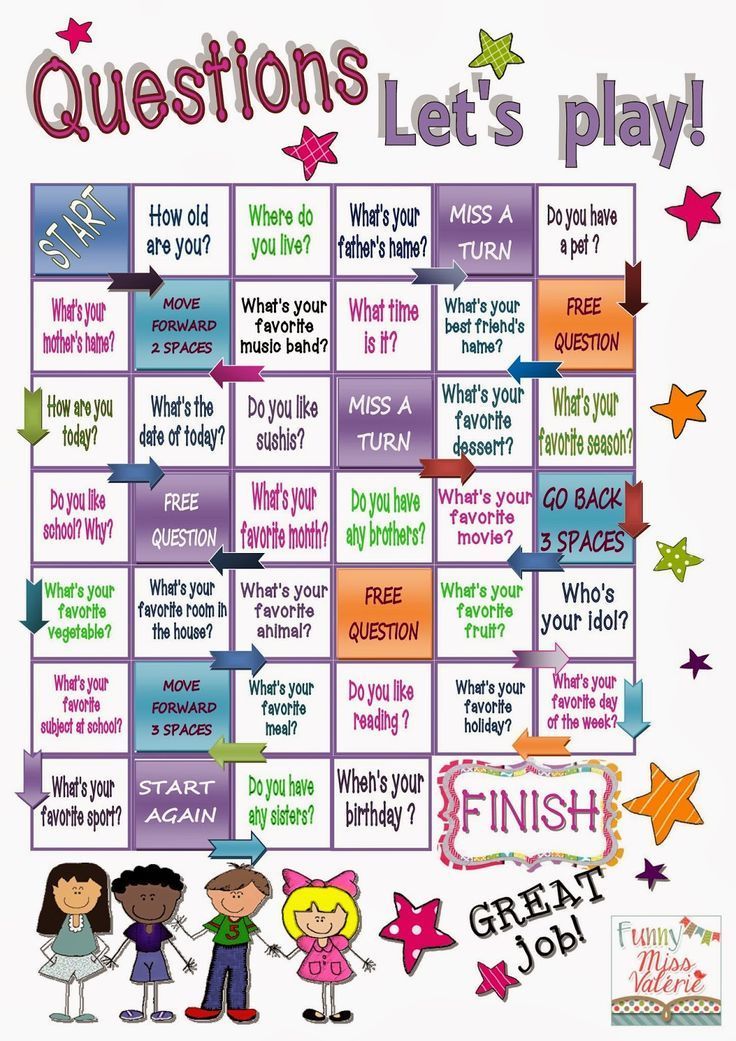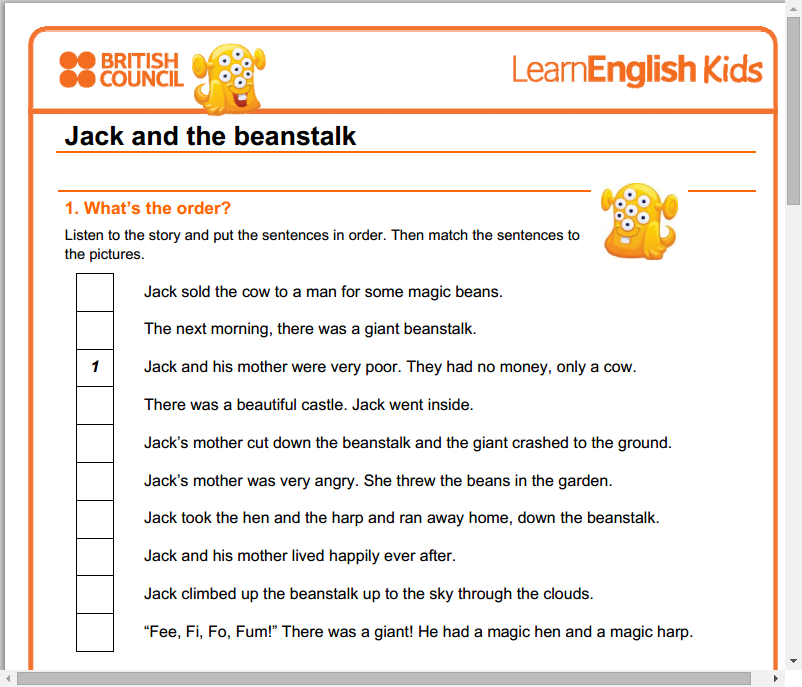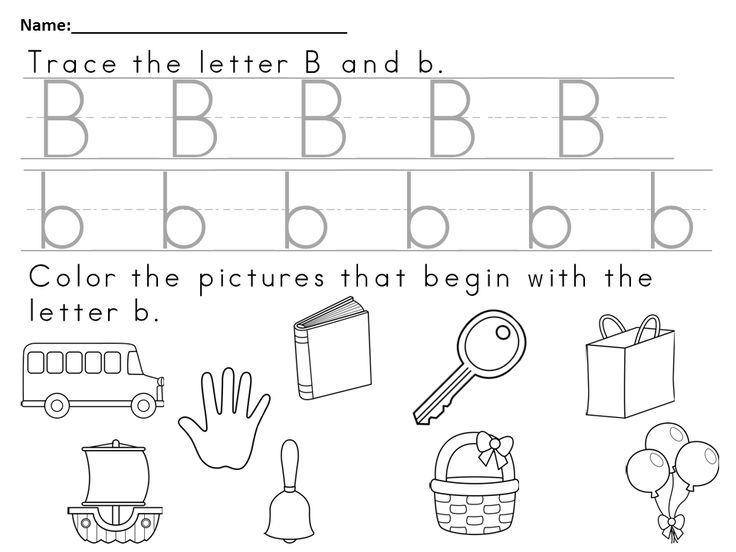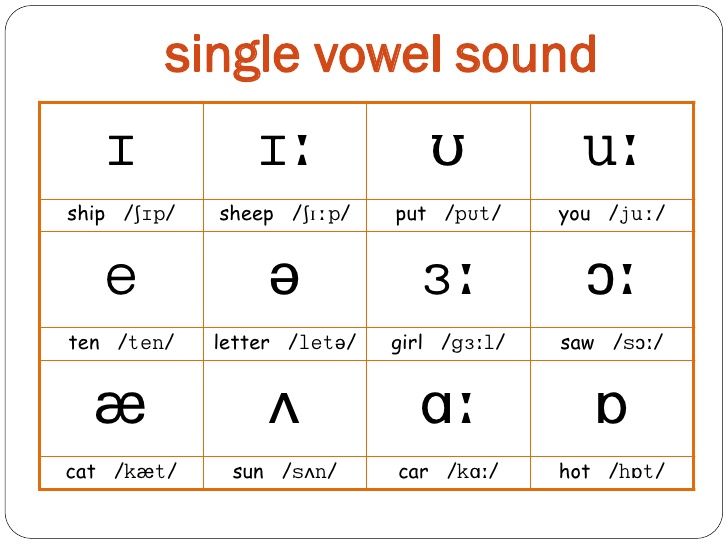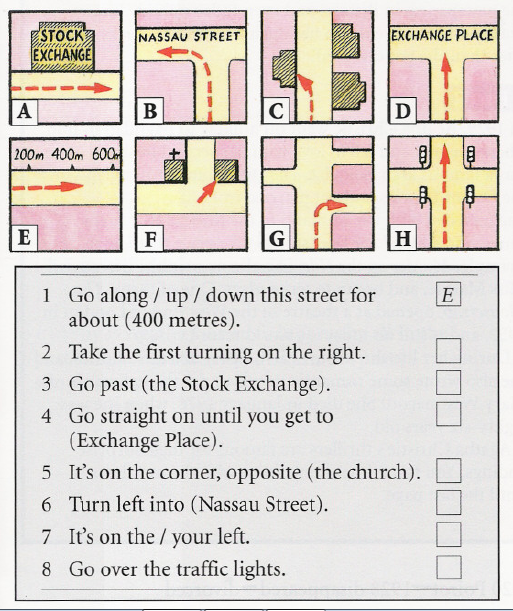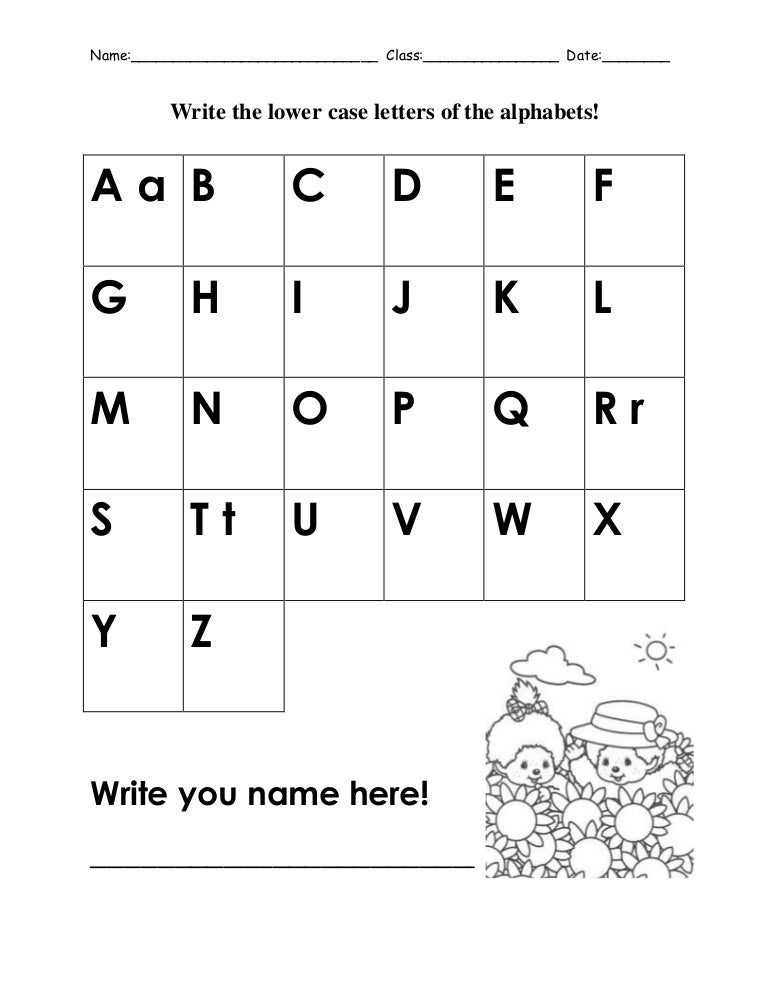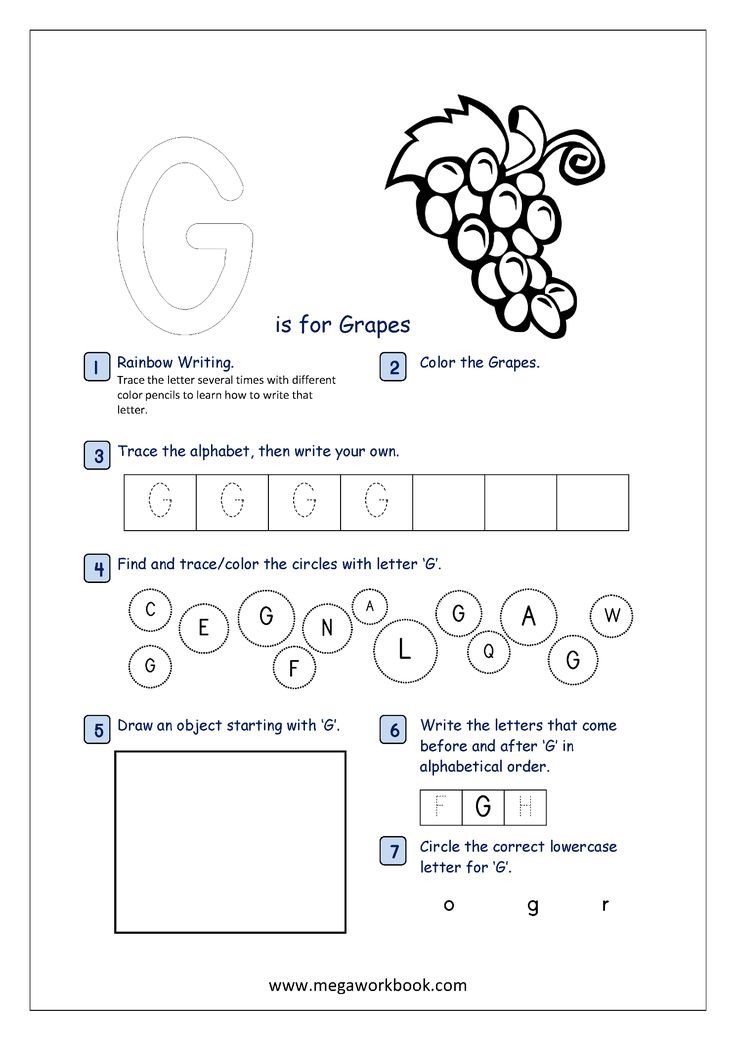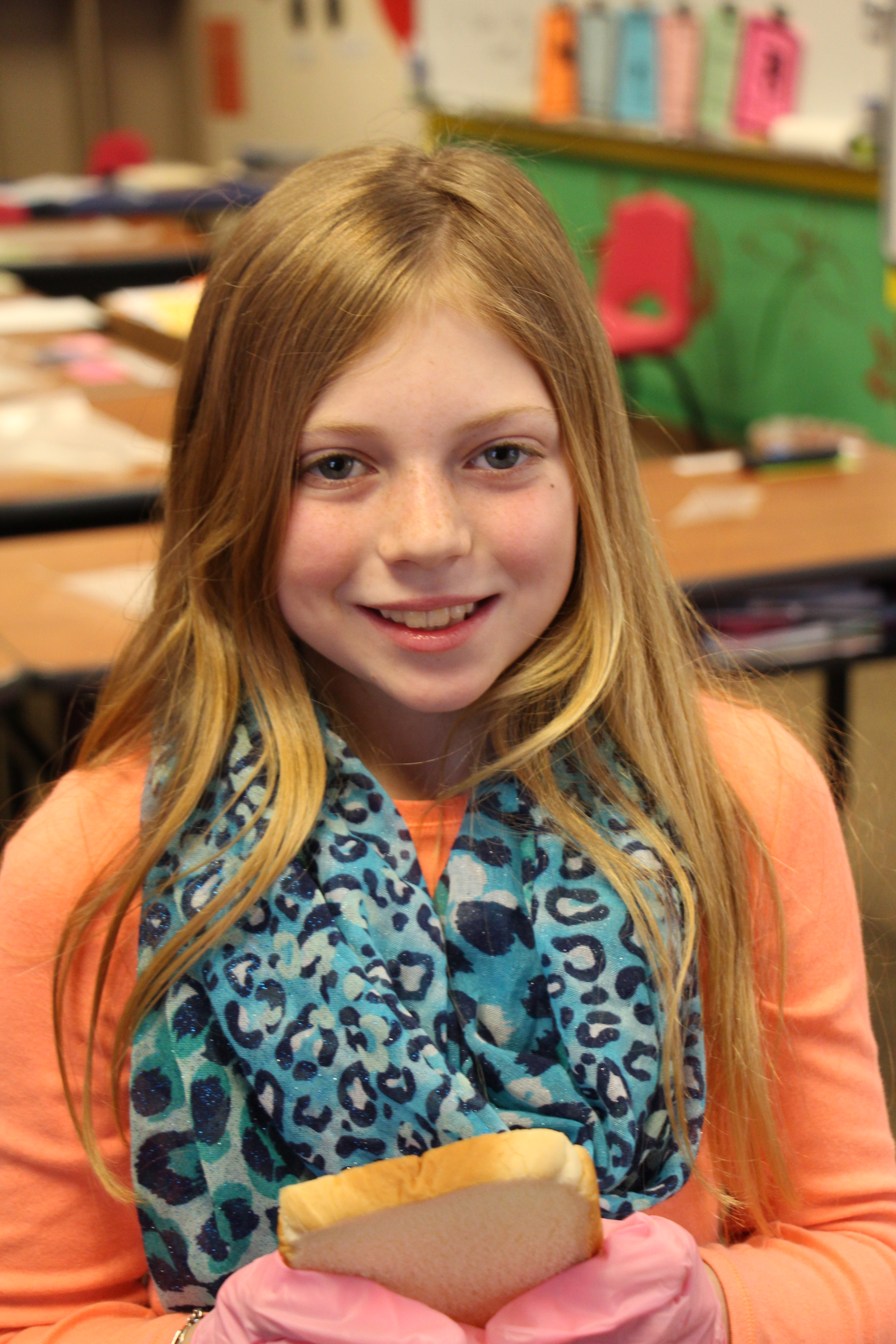Games for creative kids
12 Kids Art Games for Fun and Creativity
Here are our favorite kids art games to try that encourage creativity and connection with you and your kids. Try one or a few today!
Updated June 2022
Art games are the best. They are fun, they are creative and connecting, but they are also easy to fit in whenever and wherever.
So whether you are waiting for food at restaurants, sitting in the doctor’s office, or on a long road trip, art games are a must have.
Here are a few of our favorite kids’ art games.
Photo by Andrea MartelleKids Art Games for Fun and CreativityPhoto by Jean Van’t Hul1. A Back-and-Forth Drawing Game for KidsTake turns adding to a collaborative drawing. This is one of our favorite art games for restaurants and waiting rooms.
We also do a version of this game with mandalas.
Photo by Jean Van’t Hul2. The Scribble Drawing GamePlayers use a quick scribble as a drawing prompt. Does the scribble remind you of a duck, a face, a castle? This is our other favorite drawing game for restaurants and waiting rooms.
People take turns drawing sections of a human body, passing the covered drawing to the next person, and adding to the next drawing. A great game for a group of family and friends that works well with mixed ages.
Photo by Jean Van’t Hul4. Simon Says, Draw!A fun, interactive drawing activity for kids and families. Simon says, “draw circles,” and the artists each draw circles. Simon also says things like, “trade pastels,” “draw dots,” and “draw a face.”
We also play a version of this with autumn leaves in the fall.
Photo by Jean Van’t Hul5. A Quiet-Time Art Game for ChildrenA way to connect one-on-one with a child and also a low-key way to encourage his or her drawing.
Photo by Catalina Gutierrez6.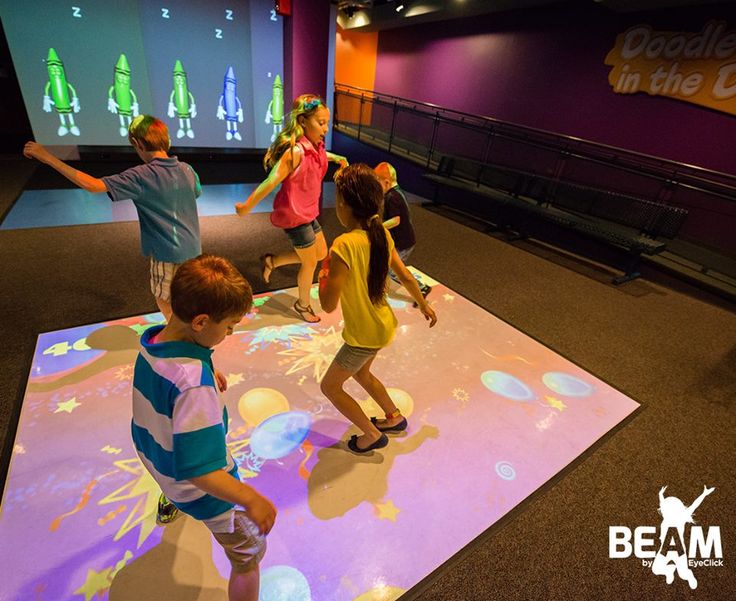 A Fun Family Drawing Activity That Will Make the Everyone Laugh
A Fun Family Drawing Activity That Will Make the Everyone LaughCreate portraits by trading drawings and adding new features. It’s sure to bring laughs and is a great way to explore creatively together.
Photo by Jean Van’t Hul7. Double Doodle ArtDouble doodle art is fun, relaxing, and a great way to exercise the brain as it uses both sides of the brain simultaneously.
Photo by Catalina GutierrezMore Fun Kids Art GamesHere are some art games from around the web…
8. Draw with Art Dice (on Tinkerlab)
9. 10 Drawing Games for Kids (on Craftwhack)
10. Elements of Art Memory Game (on Teach Kids Art)
11. TeleDraw (on Mini Matisse)
12. Art Director Cootie Catcher printable (on Crayola)
How about you? Do you play art games with your kids? What are your favorites?
Photo by Jean Van’t HulWant More Drawing Activities? Visit the Kids Art Spot where we have a
Drawing Workshop for Kids. This online workshop for kids and families features 10 super fun and easy drawing activities, each with a step-by-step video tutorial and printable instructions.
This online workshop for kids and families features 10 super fun and easy drawing activities, each with a step-by-step video tutorial and printable instructions.
- Double Doodle Art for Kids
- A Back-and-Forth Drawing Game for Kids
- A Simple Heart Drawing Activity
- A Fun Family Drawing Activity That Will Make the Everyone Laugh!
- Magazine Pictures as Drawing Prompts
- The Scribble Drawing Game for Kids
- The Combination Man Drawing Game
Pin It for Later
Indoor games: 20 ideas to keep the kids entertained on a rainy day
Photo: iStockPhoto
Another rainy or bone-chilling day? We see you over there: Restless kids fidgeting on the couch, the clock ticking slower than usual, and you're fresh out of ideas for things to do. Well you've come to the right place. We have your back with this list of the best indoor games you haven't already tried.
1. Pencil-and-paper games
Pencil-and-paper gamesFrom Battleship to Sprouts, we’ve created a must-play list of pencil-and-paper indoor games that beat TV any day. Gather some pencils and paper and check out our best of pencil-and-paper games.
2. BuildingYou don’t need a fancy building set for this. Popsicle stick cities, card towers, even buildings out of blocks, or indoor forts out of boxes or pillows, will do just fine. If you want to get competitive, whoever builds the highest tower wins. If your kids love building and want a more advanced set of blocks, check out these magnetic building sets (ages 3-99) your builders are sure to enjoy.
3. Magical Mama (or Papa) Be your kids’ very own Harry Houdini—without the locks, chains and water tanks, of course. Simply place a coin under one of three cups and shuffle the cups around. Then ask your children to guess which cup holds the coin. Sneaky parents can place the cups near the edge of a table and secretly drop the coin. Watch your tots’ eyes light up in amazement when they learn the coin is gone!
Sneaky parents can place the cups near the edge of a table and secretly drop the coin. Watch your tots’ eyes light up in amazement when they learn the coin is gone!
Card games are great for challenging young minds and creating hours of indoor fun. Grab a box of cards and check out our favourite traditional card games.
5. PuzzlesExercise those creative, cognitive and problem-solving muscles with a good puzzle. You can use a store-bought variety or have the kids make their own. Have your children draw a picture on a sturdy piece of cardboard or Bristol board. Then use a pencil to outline puzzle pieces directly on their drawing. Cut out the pieces with a good pair of scissors, mix them up and get solving. Indoor games and craft in one fun activity!
6. Freeze! Choose some of your kids’ favourite tunes and turn up the volume.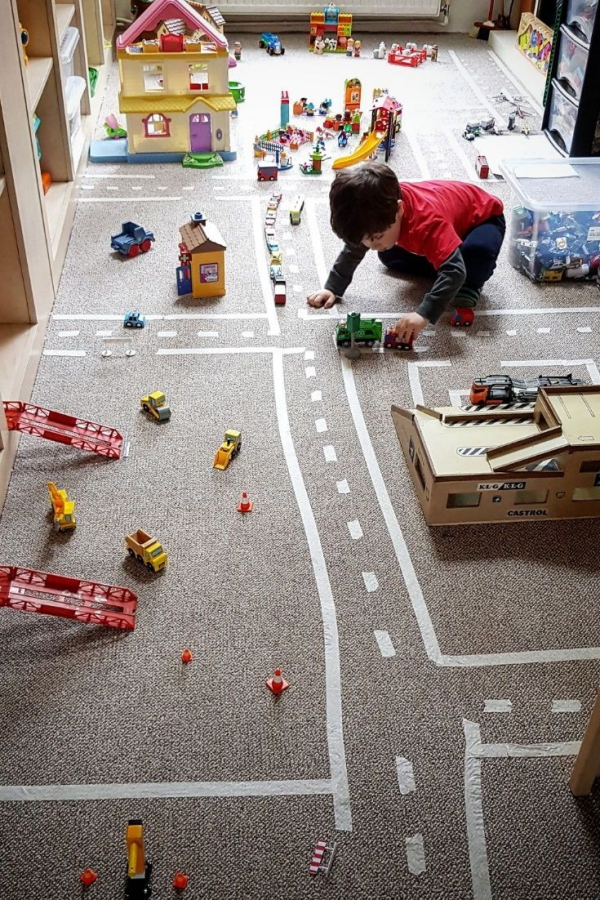 Ask them to dance until the music stops. When it does, they have to freeze in whatever position they find themselves in – even if they have one leg up. To make the game more challenging, ask the kids to freeze in specific poses: animals, shapes, letters or even yoga postures. Toddlers in particular love this game.
Ask them to dance until the music stops. When it does, they have to freeze in whatever position they find themselves in – even if they have one leg up. To make the game more challenging, ask the kids to freeze in specific poses: animals, shapes, letters or even yoga postures. Toddlers in particular love this game.
The winner gets her very own gold medal! Make your own ribbons with this easy craft:
7. Board and family gamesFor a comprehensive list of the best of family indoor games from Nursery Rhyme Games and Candy Land to Clue, check out our handy list of top 20 family games.
8. Paper-bag skits This indoor game is ideal for larger groups — a sleepover favourite. Divide the kids up into groups. Give each group a bag filled with props, such as a spoon, toy jewelry, a sock, ball or ribbon. Then give them 15 minutes to construct a skit around the props. This game is so much fun that it doesn’t have to be competitive.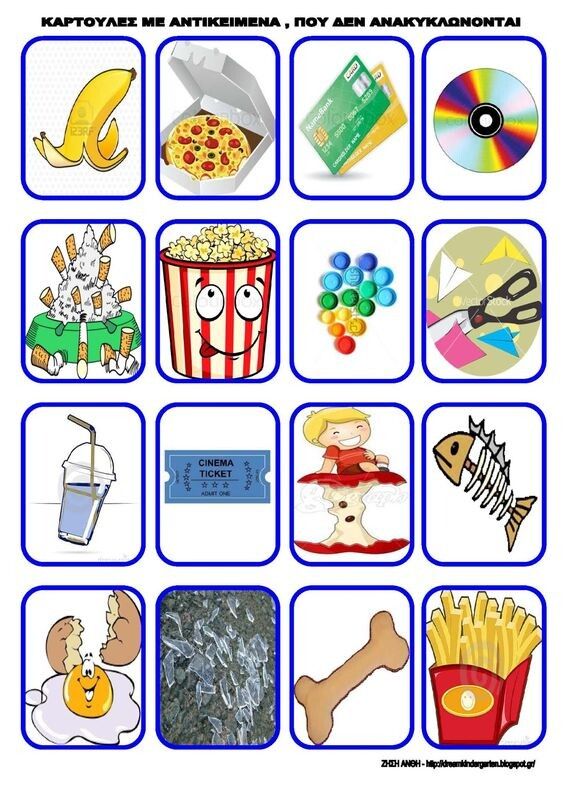 If the kids want, though, they can all vote on a winning skit.
If the kids want, though, they can all vote on a winning skit.
This schoolyard favourite is sure to be an indoor hit, too. Set up your hopscotch game on any floor surface. Masking tape will do perfectly to form the nine connecting squares. Boxes 1-3 will be placed in a single line, one on top of the other. The next two boxes (4, 5) will be placed side-by-side, followed by a single box (6), two more boxes (7, 8) and the final half-circle “home” base (9). Next, choose a marker, such as a coin, stone or beanbag. The first player will throw the marker into square 1 without letting it bounce or touch the lines. If successful, the player will then hop — one foot on single squares and two feet on side-by-side squares — avoiding square #1. The player may rest on “home” before hopping back. On the way back, he or she picks up the marker on square #1 and, if successful (lands within the lines, hops or jumps with proper footing, doesn’t fall), takes another turn and throws it into square #2. When the player is unsuccessful, the next player takes a turn. Players resume their turns by throwing the marker on the last box played. The winner is the first player to throw the marker home (#9), and smoothly complete the whole course.
When the player is unsuccessful, the next player takes a turn. Players resume their turns by throwing the marker on the last box played. The winner is the first player to throw the marker home (#9), and smoothly complete the whole course.
While you have your masking tape out, why not make your own balance beam? We all know how much kids love walking in straight lines every chance they get. Put on some music, and one at a time the kids can take their turn walking one-foot-over-the-other across the straight line of tape. Make the game more challenging by having the kids walk backwards or balance with one foot on the line. We also love this beam to continue balancing practice with! It's challenging enough to help develop their gross motor skills but safe in elevation as they learn to navigate the beam.
No list of indoor games would be complete without Hide and Seek, now would it? In this classic game, one person (“It”) covers his or her eyes and counts aloud while the other players hide.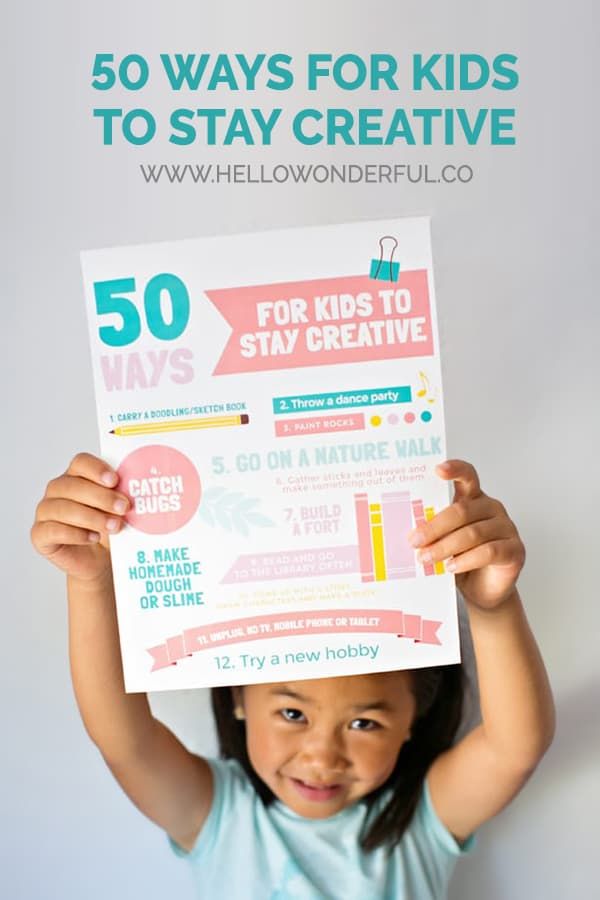 When “It” is finished counting, he or she begins looking for the hiders. The last hider to be found is the next “It.” Warning: this game is often a source of giggle fits. Families with older children might want to take things up a notch and play Hide and Seek in the dark. Just to be safe, make sure there are no loose items on the floor. If you want, allow “It” to carry a flashlight or turn the lights on once “It” finishes counting.
When “It” is finished counting, he or she begins looking for the hiders. The last hider to be found is the next “It.” Warning: this game is often a source of giggle fits. Families with older children might want to take things up a notch and play Hide and Seek in the dark. Just to be safe, make sure there are no loose items on the floor. If you want, allow “It” to carry a flashlight or turn the lights on once “It” finishes counting.
Kids love finding hidden objects — especially when there’s a prize at the end. Simply write your clues on some slips of paper — get creative. Place the first clue somewhere easy to find, like inside your child’s snack or cereal bowl. Then leave as many clues as you like around the house, making a trail to the final clue. Instead of a prize, the treasure hunt can lead to various coins around the house. This way the kids get to collect all the coins and put them in their piggy banks in the end. If you want to create the most amazing treasure hunt, follow these 11 tips.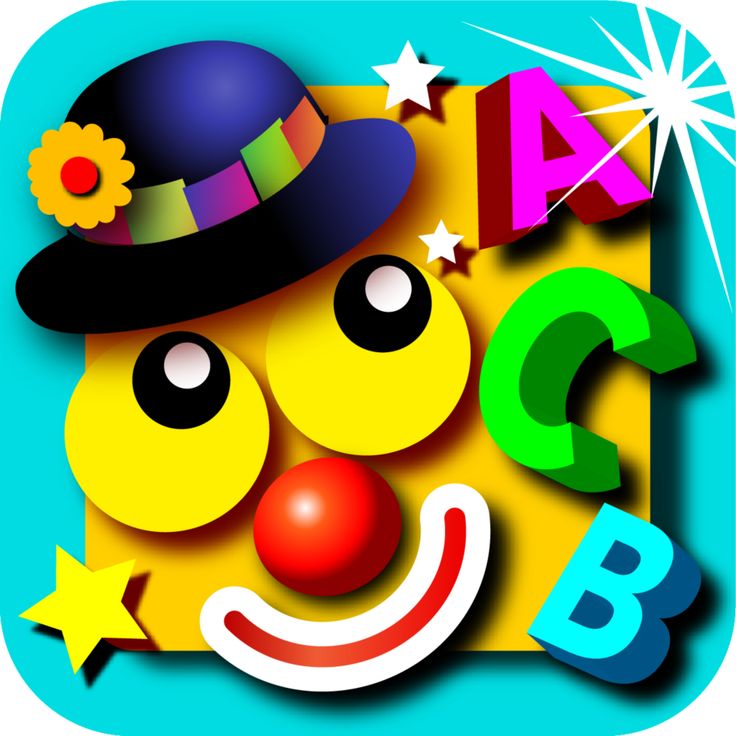
A great way to reuse water bottles (or you can purchase an indoor bowling set). Line six-10 water bottles up at the end of your hall or living room. Place a line of duct tape at the starting line. Grab a medium-sized indoor ball and start bowling! If you want, keep score and give out trophies at the end. (Note: if you need to stabilize the water bottles or make the game more difficult, simply fill them up with some water. Don’t forget to screw the tops on tightly!)
14. Hot PotatoThis game will have everyone giggling. Ask the kids to sit on the floor in a circle. Turn on some tunes and have them pass the potato (a bean bag or soft ball) around the circle as fast as they can. When the music stops, the player holding the potato leaves the circle. Keep going until only one player is left and wins the game.
15. Picnic memory game Former preschool director and grandmother of three, Marsha Colla, has some innovative games up her sleeve, including this fun and simple verbal memory game, which, Colla says, “challenges the children and makes them giggle. ” To play, everyone sits in a circle. The first player says, “In my basket for the picnic, I packed...,” and then says what item he or she packed. The next player then says, “In my basket for the picnic, I packed...,” and then recites what the first player packed and adds his or her own item to the basket, and so forth.
” To play, everyone sits in a circle. The first player says, “In my basket for the picnic, I packed...,” and then says what item he or she packed. The next player then says, “In my basket for the picnic, I packed...,” and then recites what the first player packed and adds his or her own item to the basket, and so forth.
One of Colla’s go-to indoor games for her preschoolers and grandchildren, this game is sure to both educate and delight little ones. Take out several miscellaneous items. Have the children look at all the items, and then take them away. Next, ask one child to hide his or her eyes and listen as you pick up an item and make sounds with it. Ask the child to guess which item made the sound. Examples of items might be a comb (run your fingers along it), a glass (gently tap it), cymbals, shakers, sandpaper, blocks rubbed together, a pot and spoon. Be creative and have fun!
17. Bubbles You don’t have to go outside to enjoy bubbles.![]() For this indoor game, you need a plate and straw for each player, some dishwashing soap and water. Place a dime-size drop of dish soap at the centre of each plate. Pour a little water onto the plate and gently mix with the dish soap until some suds start to form. Have the kids place the straw in the suds and blow very gently. Watch as massive bubbles start to form. To make this competitive, see who blows the biggest, or longest-lasting, bubble.
For this indoor game, you need a plate and straw for each player, some dishwashing soap and water. Place a dime-size drop of dish soap at the centre of each plate. Pour a little water onto the plate and gently mix with the dish soap until some suds start to form. Have the kids place the straw in the suds and blow very gently. Watch as massive bubbles start to form. To make this competitive, see who blows the biggest, or longest-lasting, bubble.
This traditional favourite will never get old. To start, choose one player (probably a parent for the first round) to be Simon. The rest of the players will gather in a circle or line in front of Simon as he calls out actions starting with the phrase “Simon says”: “Simon says...touch your toes.” The players then have to copy Simon’s action, touching their toes. If Simon calls out an action without uttering the phrase “Simon says,” the kids must not do the action. If a child touches his toes when Simon didn’t say.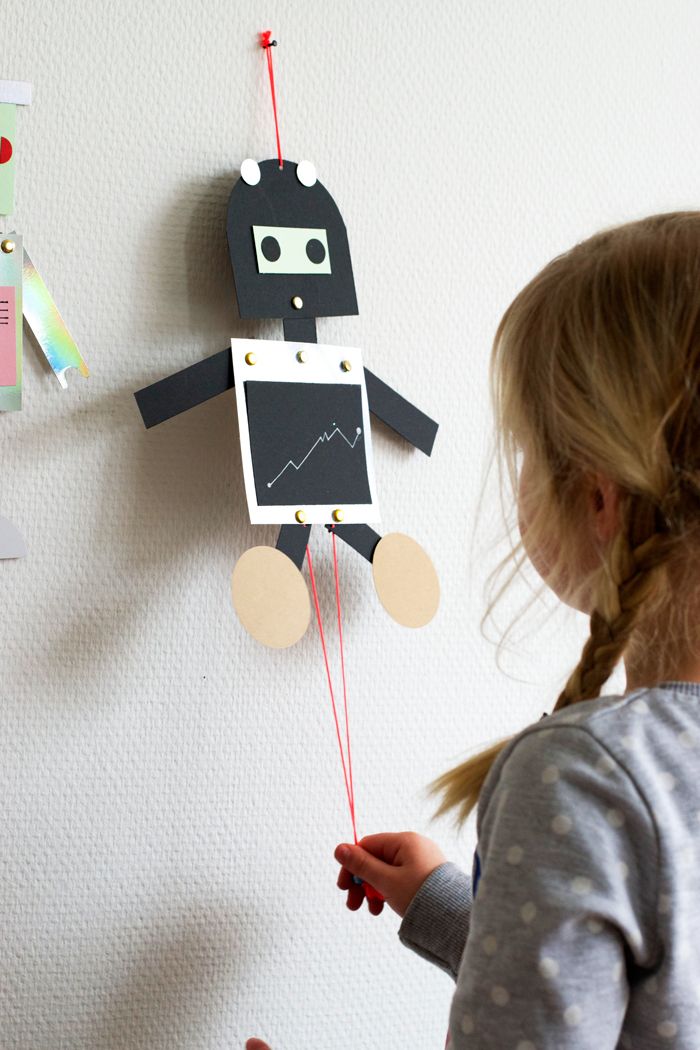 .., he or she is out of the game. There are lots of great ways Simon can trick players into doing actions when Simon didn’t say: Simon can perform an action without uttering a command, for example, or he can perform an action that doesn’t correspond with the command. Fun! The last player left in the game wins and becomes the next Simon.
.., he or she is out of the game. There are lots of great ways Simon can trick players into doing actions when Simon didn’t say: Simon can perform an action without uttering a command, for example, or he can perform an action that doesn’t correspond with the command. Fun! The last player left in the game wins and becomes the next Simon.
Most preschoolers flock to the classroom sensory table as soon as the teachers pull it out. So there is little doubt they will love this entertaining challenge. Find a shoe box or any box that has a lid on it. Cut a hole in one of the sides of the box —large enough for your child to fit her hand in. If you want, get creative and decorate the box with glitter and question marks. When you’re ready to play, put an item inside the box and have your children guess what it is. They can ask questions about the item if they need to, or you can offer clues. Get as ooey-gooey as you wish (fresh pumpkin seeds or slimy spaghetti are great choices for Halloween), or use such simple objects as a brush, a toy, a piece of fruit.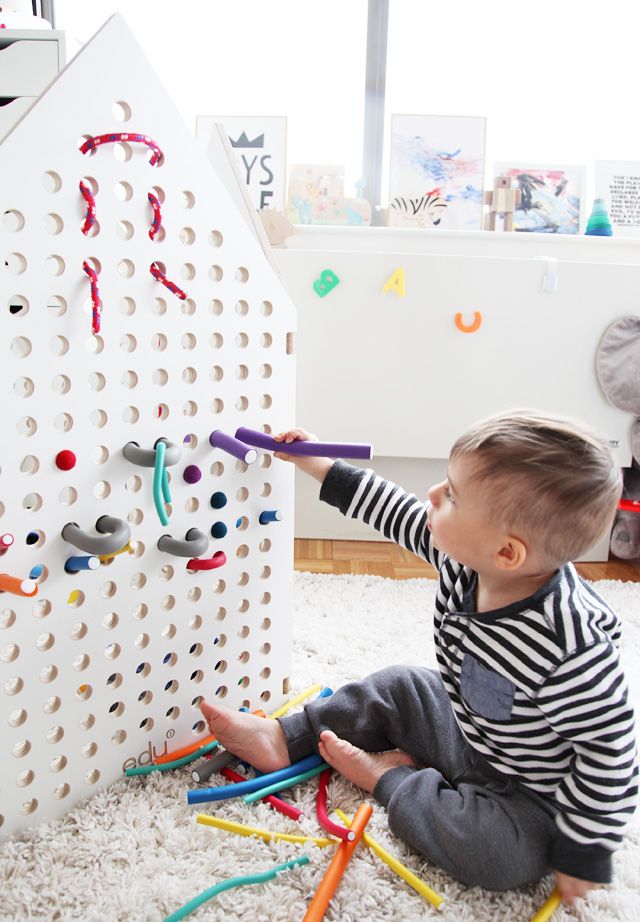 To make it competitive, you can give a point to the first child to name the object.
To make it competitive, you can give a point to the first child to name the object.
You can’t be too little for this version of basketball. All you need is a bucket and a rolled up sock (or a small, light ball). Each player takes a turn at throwing the sock-ball into the bucket. When a player scores a bucket, he or she takes a step back and throws again until missing. The player who shoots the ball in the bucket from the farthest distance wins.
This article was originally published on Nov 12, 2019
Creative games for kids - Event Maker
Creative games for kids are interesting for kids of all ages. They develop the child's fantasy, imagination, teach him the creative ability to create something with his own hands. This will definitely come in handy in the future.
Creative play for children often uses tools and materials such as paints, pencils, plasticine, colored paper and cardboard, glue and scissors.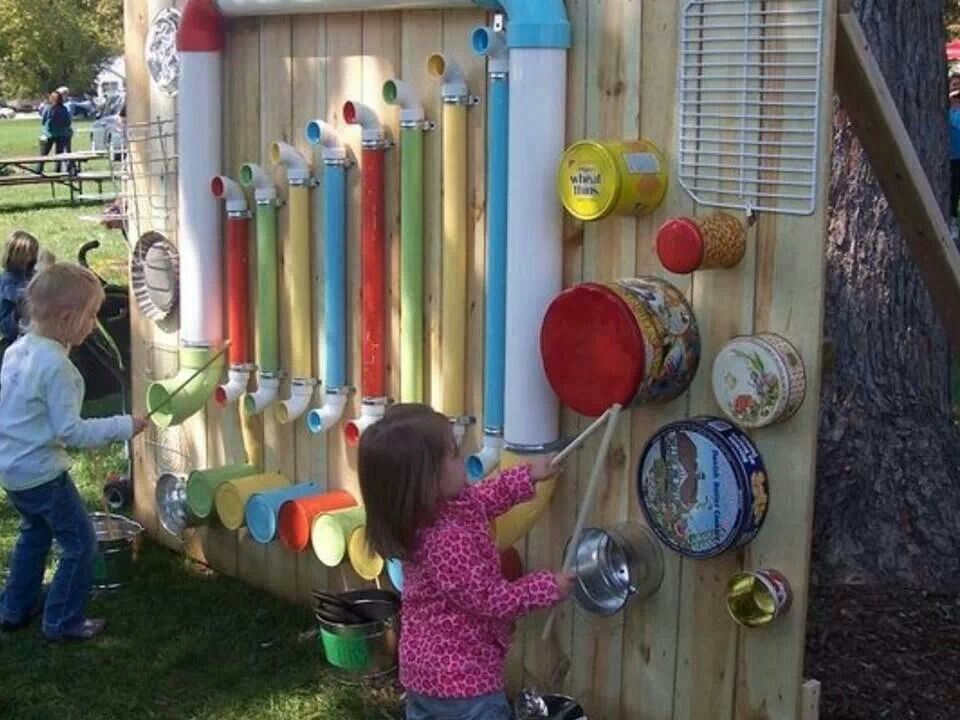 But creative education is a broader concept, it includes the development of acting talent, and the degree of proficiency in verbal art, and figurative non-standard thinking, and invention. It is important to develop all this in the child as a whole, as this makes his personality richer and brighter. Creative games for children are an important part of the game program for any child.
But creative education is a broader concept, it includes the development of acting talent, and the degree of proficiency in verbal art, and figurative non-standard thinking, and invention. It is important to develop all this in the child as a whole, as this makes his personality richer and brighter. Creative games for children are an important part of the game program for any child.
Such games are good for developing imagination and creativity, creative thinking in children. The game atmosphere gives it excitement and competitiveness. Creative games for children contribute to the comprehensive and harmonious development of children at any age!
Joint creativity
All children sit in a circle. Everyone has a piece of paper and a pencil or marker. On a signal, everyone starts to draw. As soon as the music stops, everyone finishes drawing and passes their started drawing around. At the next signal, the children need to continue the drawing that everyone received until the next signal sounds.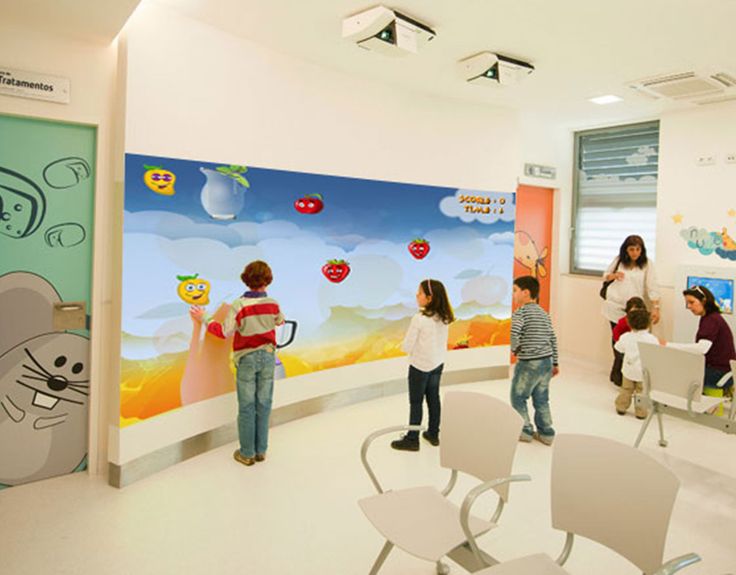 This can be continued until the sheets return to their owners in a circle. Now let's see what happened? It is better to play this game to the music - while the music is playing, the children draw, when it stops, the children pass on the drawings.
This can be continued until the sheets return to their owners in a circle. Now let's see what happened? It is better to play this game to the music - while the music is playing, the children draw, when it stops, the children pass on the drawings.
Postcard
Try to draw a birthday card with your children. Bright felt-tip pens, glitter glue, stickers, pencils, etc. will come in handy. Give free rein to creativity, and you can suggest a theme and wishes for the birthday man: a smiling sun, a blue sky, unusual flowers and animals, a birthday man in a clearing with friends. These postcards can remind the child of a joyful event for many years to come.
Continuing the story
Although it may not sound like much, this game is amazing in that it makes people laugh and use their imagination. You will need a piece of paper and a pen. Start with a funny opening phrase and then fold the paper over so you can't see what's written there. Then pass to the first participant and ask him to write a few lines of the story, then also tuck the sheet so that you can not see what is written there.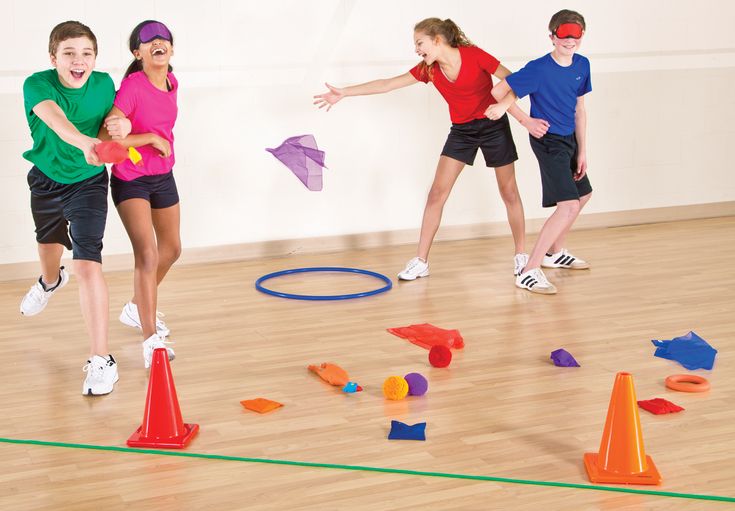 After that, the story is passed to the next participants in a circle, each writing a few lines. When everyone has written, read the story aloud to the whole group. Laughter and fun are guaranteed!
After that, the story is passed to the next participants in a circle, each writing a few lines. When everyone has written, read the story aloud to the whole group. Laughter and fun are guaranteed!
Building a castle
In this game, children are given a constructor, cubes, etc., and in the allotted time they must build the most beautiful castle or the highest. Children can build one by one or in teams.
Creation of a single art object
An art object is some kind of work of art, in the creation of which all guests of the holiday participate. For example, one huge New Year's coloring book for everyone. It needs to be mounted on the wall or placed in a frame. You yourself will not notice how in a few hours a large canvas will turn into a colored congratulatory poster.
Theatrical Competition
Competitors who wish are given cards with a task that they perform without preparation. It is necessary to walk in front of the tables as: - a woman with heavy bags; - gorilla in a cage; — Sparrow on the roof; - stork in the swamp; - chicken in the yard; - a girl in a tight skirt with high heels; - sentry guarding the food warehouse; - an infant who has just learned to walk; - a guy in front of an unfamiliar girl; - Alla Pugacheva during the performance of the song.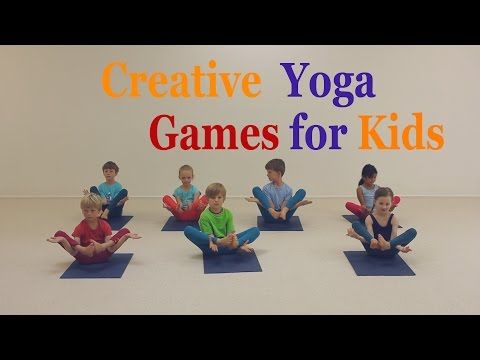 You can also easily come up with your own options, or ask the participants to come up with their own!
You can also easily come up with your own options, or ask the participants to come up with their own!
Master classes
You can also arrange fun creative workshops. It can be like painting something, for example, pebbles or angels. You can create mandalas, motanka dolls, etc. All participants can be divided into teams or every man for himself, the smallest will need the help of the elders.
Burime
Back in the 19th century, the game of Burime was popular among family and friends. Participants were asked several rhymes, which had to compose a poem in a certain time. This is not so difficult, although it requires certain skills and a sense of poetic rhythm. But the resulting poems, for sure, will become the decoration of your home album.
Changelings
This game is very simple, but at the same time it requires humor and ingenuity. Its essence is as follows: you need to take any well-known phrase (an aphorism, a line from a poem or song, a proverb) and replace all the words contained in it with opposite ones in meaning.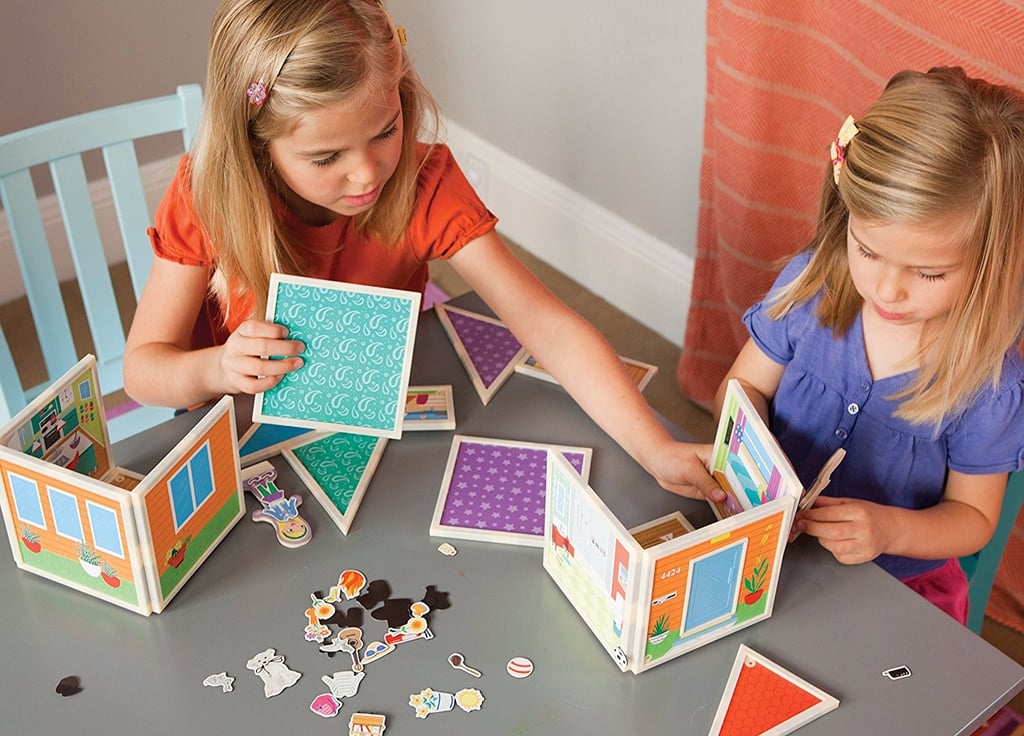
Here are a few examples: 1. Fifty-four - a man for the first time a tomato. (Forty-five - woman berry again). 2. A man on skis - it’s hard for a deer. (A woman with a cart is easier for a mare). 3. A smart ostrich bravely takes skinny thoughts out of the pit. (Stupid penguin timidly hides a fat body in the rocks). You can compose shifters in teams. The winner, of course, is the one whose shifters are funnier and wittier.
Actors
Depict: an alarmed cat, a person who unsuccessfully kicked a brick, a kettle boils, etc. 2 teams participate. The winner is the team that played their roles most artistically
Favorite hero
The game consists in portraying your favorite hero. It could be a character from a movie. One depicts, and the rest try to guess who he shows. This game is very fun. For example, some frail kid, subdued by the talent of Arnold Schwarzenegger, tries his best to portray him. All in all, it's worth playing.
Construction toys
This toy has an age limit of one year.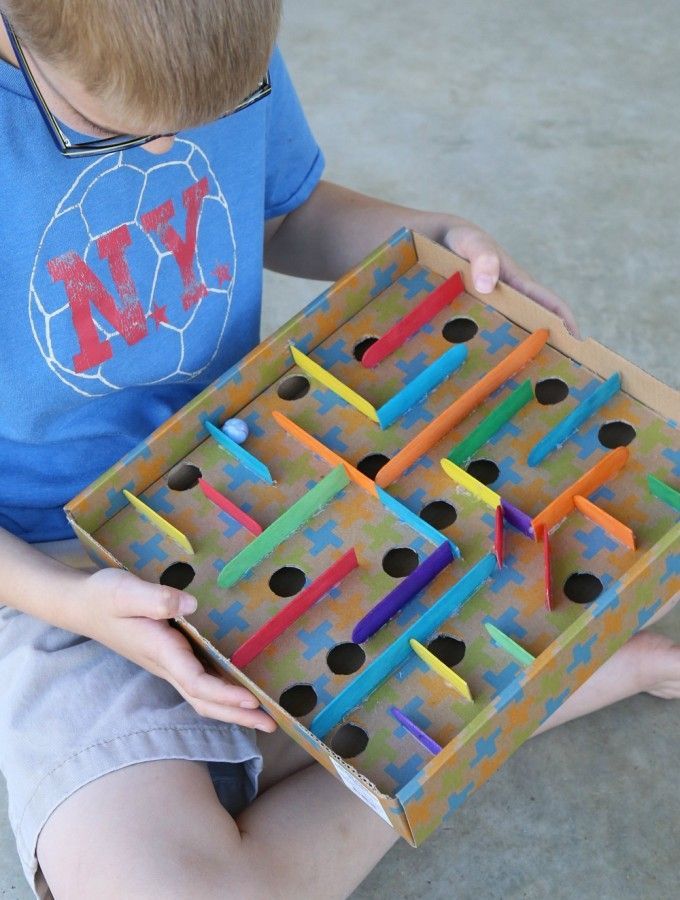 However, for this, sets were created by age groups. For the smallest, the details of the designer are enlarged and have a greater effect on fine motor skills and tactile sensations. But for older children, suitable designers help to think outside the box, develop spatial thinking and creativity.
However, for this, sets were created by age groups. For the smallest, the details of the designer are enlarged and have a greater effect on fine motor skills and tactile sensations. But for older children, suitable designers help to think outside the box, develop spatial thinking and creativity.
Folk tale
Number of players: any. The host starts the fairy tale (comes up with the first sentence), and the participants sequentially add one sentence at a time, adhering to the plot of the fairy tale. Who hesitated - out of the game. And the winner is the one with the most inexhaustible fantasy. He is awarded the title of "Best Storyteller".
Draw a word
One person from each team draws a word and starts drawing it. The first team to correctly guess the word wins
If the drawing is completed but the word is not guessed, then the other participant completes the work of the “artist”. Immediately agree not to shout out, but to give an answer signal: a raised hand, a raised flag, etc.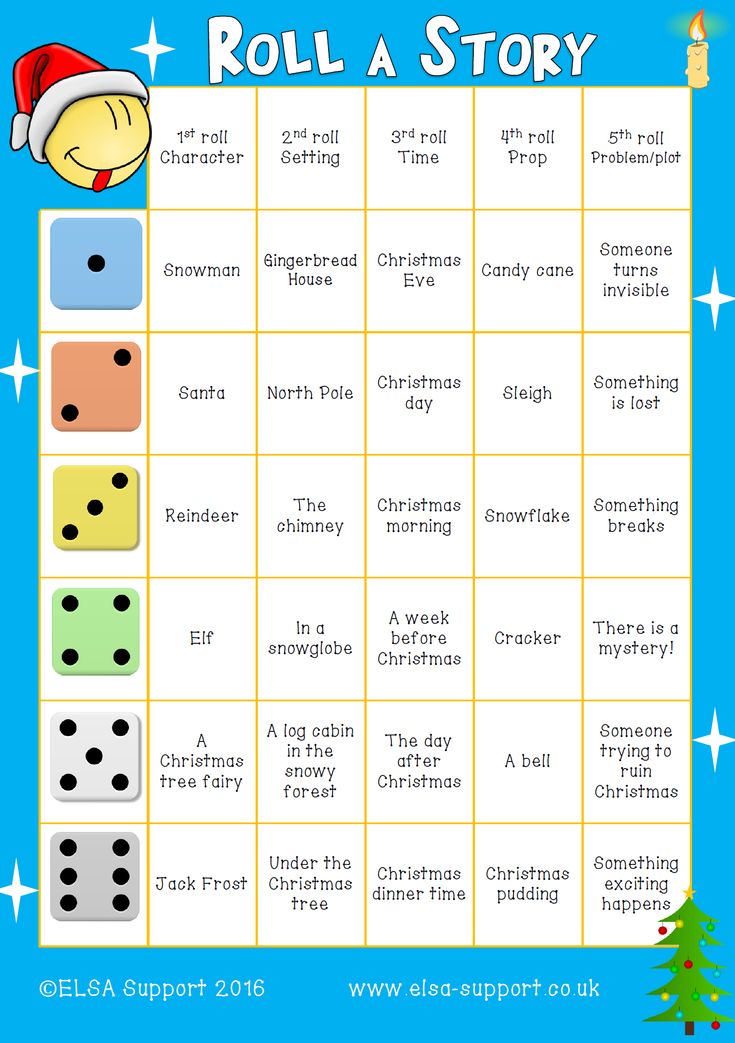 This game is very popular in elementary school, because it adds variety to the monotonous memorization of words
This game is very popular in elementary school, because it adds variety to the monotonous memorization of words
I'm going to sing now
We put folded pieces of paper with different words written on it in a bag or hat. Participants take turns taking out a piece of paper, reading a word and singing a verse with this word.
Step 1. Prepare pieces of paper with words Step 2. Participants take out a piece of paper Step 3. Sing a verse of any song with this word
Picture letter
Variant of the previous competition.
The task of the players is to “write” a short letter using pictures. The conditions are the same: do not use numbers, letters and words in the drawing.
Message options:
- Call me today at 6 o'clock
- Let's go play football in the evening
- Come visit for tea and cake
- Give me pencils for my birthday
Depending on the age of the players, you can come up with tasks of varying complexity.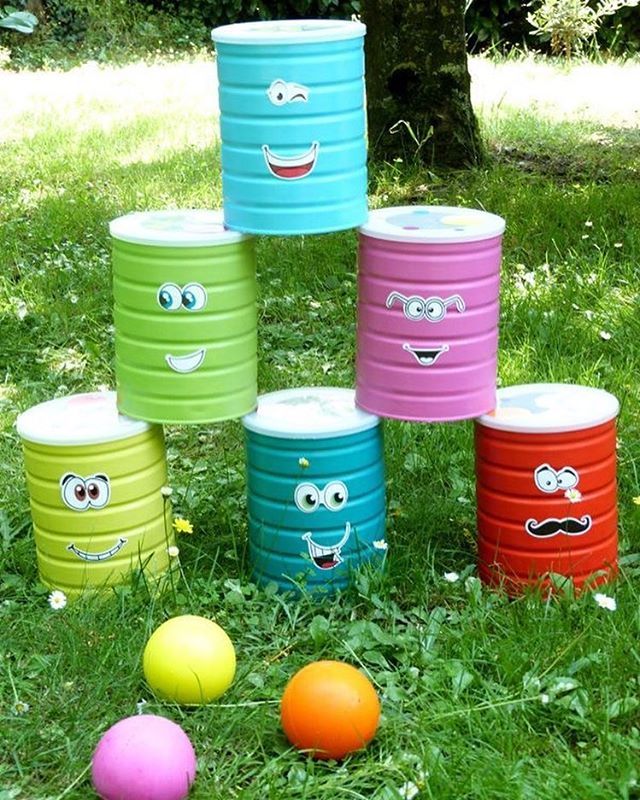
Tree of life
Invite the children to draw the tree of their life as follows:
• Root - the purpose and meaning of your life;
• Trunk - your idea of yourself;
• Branches - qualities that you would like to have, your dreams and desires;
• Fruits - qualities that you already have, fulfilled dreams and desires;
Discuss the trees of life with the children, identifying common trends and drawing conclusions. Try to lead the children to the idea that what is the purpose of our life, such are its fruits.
From another planet
Ask your child to draw an animal or plant from another planet. Imagine what it is called, what it might look like, what to eat and what benefits it can bring to the planet. Other options: a fairy forest, a kind wizard, a house from the future.
Fashionistas
Girls do all kinds of hairstyles for each other in a certain amount of time.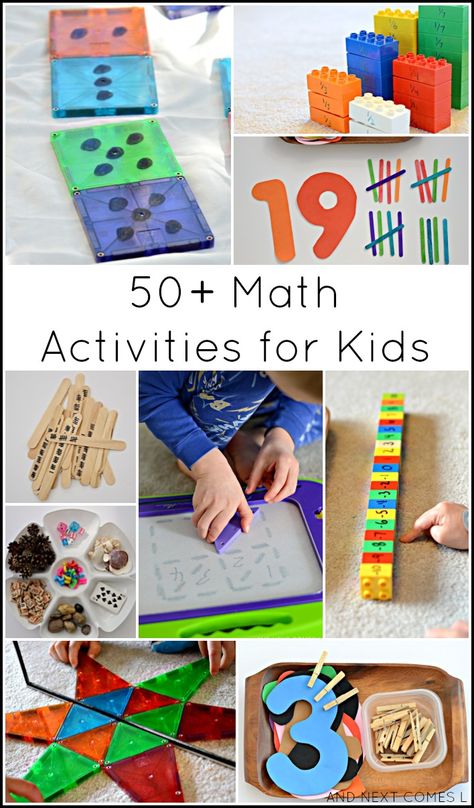 After that, they line up in a row, and an independent jury, pre-selected, chooses the hairstyle he likes. At the same time, the jury does not know who did what hairstyle and chooses the hairstyle you like
After that, they line up in a row, and an independent jury, pre-selected, chooses the hairstyle he likes. At the same time, the jury does not know who did what hairstyle and chooses the hairstyle you like
We hope that you liked our selection of creative games for children and was useful to you. If you have your own options for interesting games for children, you can share them in the comments!
See also >>> Games for children for the holidays. 80 best games for children's party!
Games for the development of children's creative abilities | Methodological development (preparatory group) on the topic:
GAMES FOR THE DEVELOPMENT OF CREATIVE ABILITIES
1. "Let's jump like ..."
Choose a leader. The rest of the players are divided into two teams and lined up in two lines, one behind the start line. At the signal, the game begins. Participants must take turns jumping the entire distance as:
- kangaroo
- frog
- sparrow
Under no circumstances should you switch to another type of jump.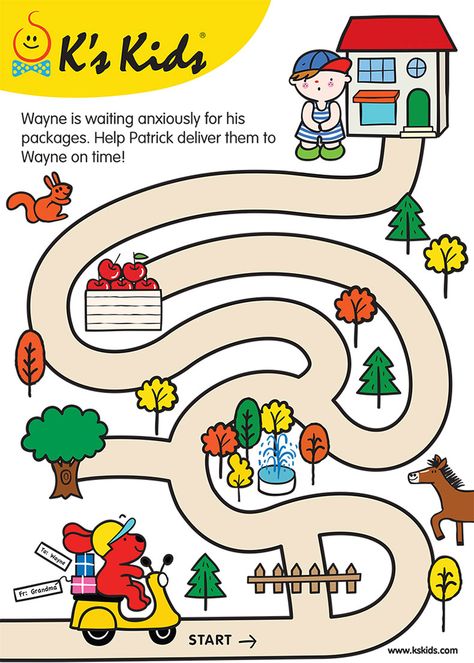 The one who makes a mistake is eliminated from the game or points are removed from the team. The ones with the most points win.
The one who makes a mistake is eliminated from the game or points are removed from the team. The ones with the most points win.
2. "Expressive movements"
Divide into two teams. A player comes out of one and tries to show different emotions with only one movement:
- joy
- fear
- anger
- surprise
The second team must guess what was depicted.
3. Move chair
Players perform the following task - to move a chair from place to place:
- as if it were a bag of gold
- as if it were a vat of water filled to the brim
- as if the player was walking through a minefield
4. "Siamese twins"
Siamese twins are two people who share certain body parts. Players are invited to pair up and become such twins: the right hand of one and the left of the other should remain free. After that, they must complete simple tasks for a while:
- light a candle with matches
- thread a needle
- tie a shoelace.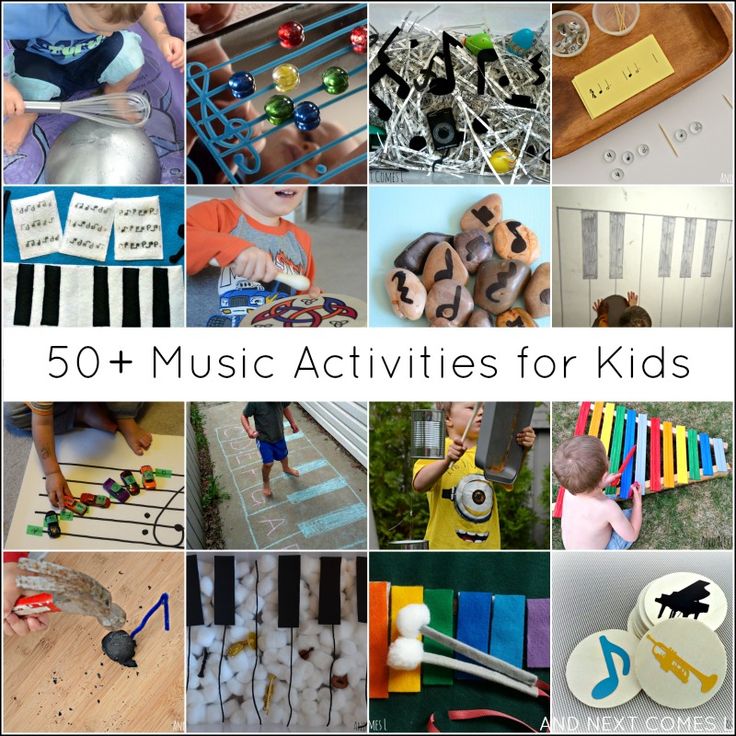
The winner is the pair that was able to do it faster than the others.
5. Hello!
Everyone knows that the word "hello" can be replaced by gestures - shake hands, take off your hat, even rub your noses. Participants are invited to greet with gestures that the natives could have:
- tribe of cannibals U-hoo-hoo
- tribe of jumping savages Ai-yai-yi
- tribe of dancing savages La-la-la
6. "A real fall"
Here, each participant in the game is invited to complete a simple task - fall like:
- he slipped on a banana peel
- he was wounded in the chest
- he was shocked
7. "Gallery of Losers"
A driver is chosen who gives the rest of the participants the task to portray, frozen in place:
- the goalkeeper who caught the puck with his teeth
- the gymnast who forgot to exit the pirouette
- the discus thrower who mistakenly threw a boomerang.
The result is a whole gallery called "victims of sports".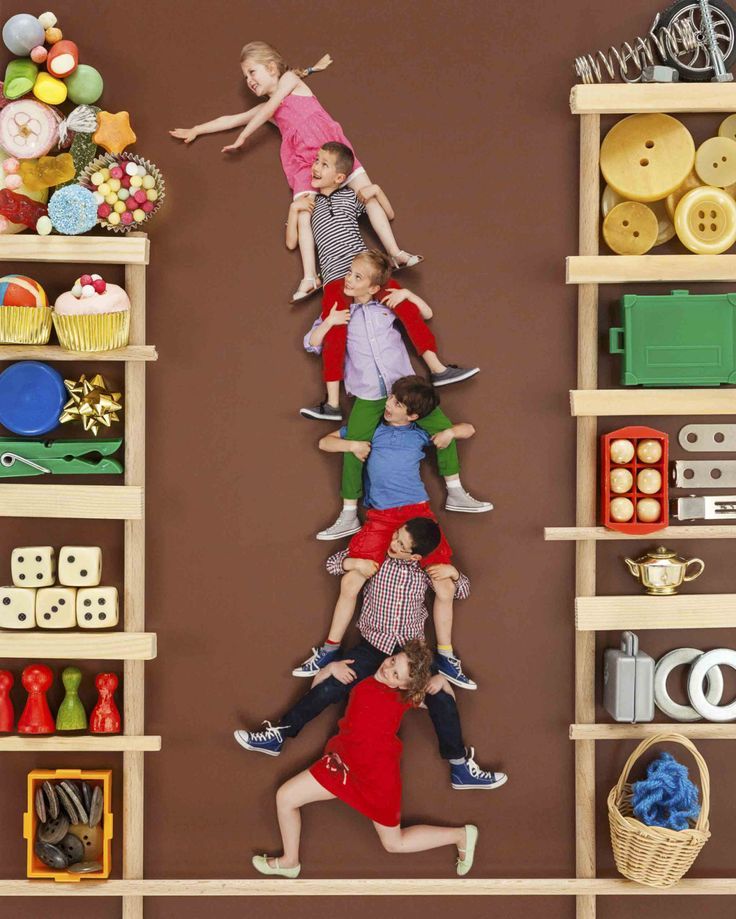 The driver chooses the winner.
The driver chooses the winner.
8. "Expressive gait"
A person's gait can tell a lot about its owner. Here the participant is asked to depict the gait of a person who
- found himself all alone at night in a dense forest,
- bought himself shoes a size smaller,
- kicked the box with all his might, and there was a brick in it.
The rest must guess the depicted situation.
9. "Living device"
This game brings out a talent for parody. The bottom line is to depict household appliances as accurately as possible:
- iron,
- alarm clock,
- telephone.
The rest must guess.
10. "New use"
Everyone knows what a pot is for - soup is cooked in it. But the pot can have other uses as well, such as making an aquarium out of the pot, or making a great helmet out of it.
Encourage the children to find a new use for the tablecloth or toothbrush, tablespoon, handkerchief, etc.
11. "Pebbles"
For this game, draw a seashore (your artistic ability does not matter: it can be just a strip of yellow - sand and a strip of blue - water).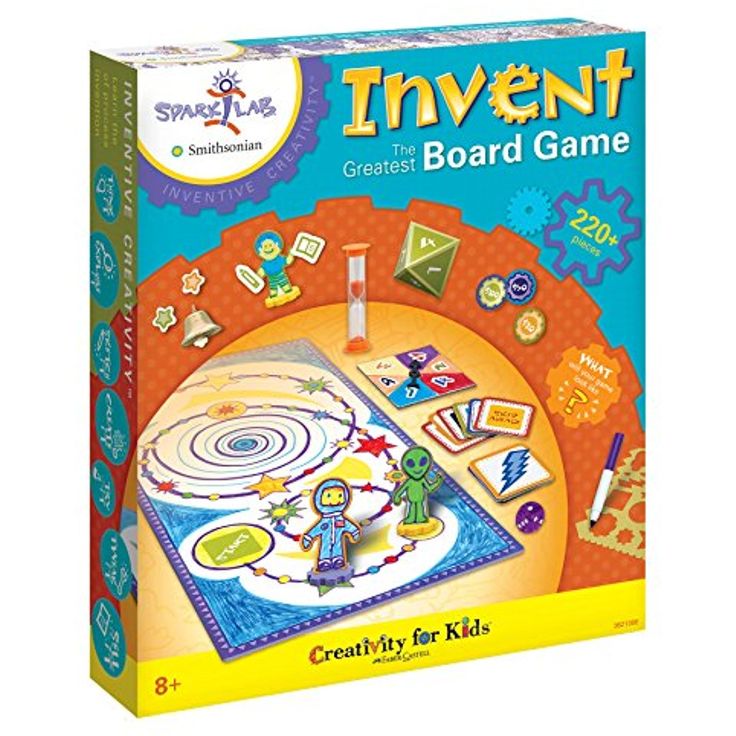
On the shore, draw a few pebbles (5-6) of different shapes. Each pebble should be similar to several different objects, animals, people. There may be several pebbles of the same shape.
You tell a child that a magician has just walked along the seashore and bewitched, turned everything that was on the coast into pebbles. To disenchant everything, you need to guess what is here.
Help me come up with several options for each pebble. After the child's answer, choose one of the options and, together with it, draw a "pebble" so that you get a complete image of the invented object.
If you draw a circle: it is a button, an apple, a sun, a sweet cheesecake.
A pebble in the form of a drop looks like a torso of a man, a carrot.
12. “About the girl Masha”
The teacher tells the children that they will make up fairy tales, and begins: “Once upon a time there was a girl Masha. One day she went to the forest for mushrooms and got lost ... ". Next, the children come up with fairy-tale characters that the girl could meet.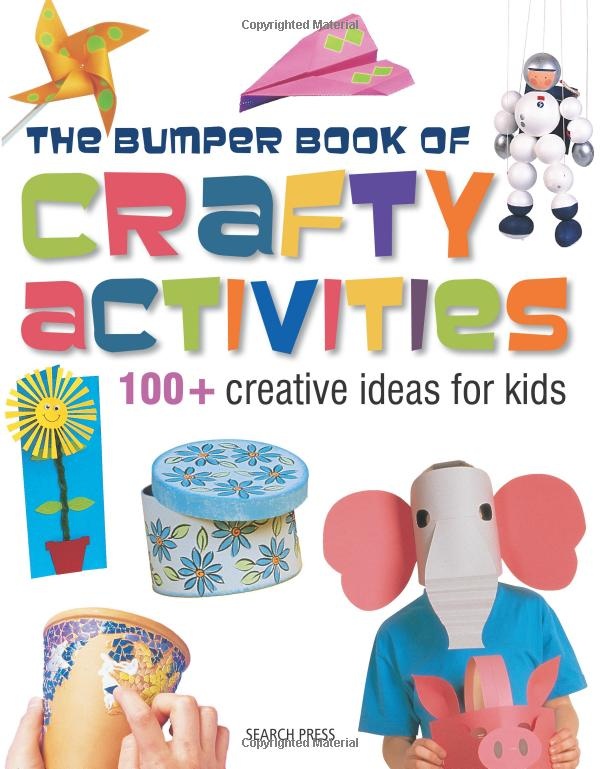
13. "What's in the fist"
Take a small object and hide it by clenching your hand into a fist. The kid must guess what is in the fist, asking a variety of questions about the subject. Tell your child that questions are the magic keys to the doors to the unknown. Each key opens one of the many doors. Such keys can be the shape and size of the object, what the object affects, what it is made of, how it can be changed, what type it belongs to, what properties it has, what color, etc.
14. “Trace your palm and revive”
Children independently trace their left hand on a sheet of paper. The teacher offers to turn the silhouette into some kind of figure. The sheet with the silhouette can be rotated as you like.
15. "Opposites"
The game is also aimed at developing the ability to find opposite properties of the same object. In it, you immediately name opposite properties and signs, and the baby must guess which phenomena or objects can have these properties.
For example:
1. Sharp - blunt (knife).
2. Evil - kind (dog).
3. Cold - hot (refrigerator, iron).
4. Shallow - deep (lake, sea).
5. Sad - cheerful (person).
6. Strong - weak (man, animal, wind).
7. Slow - fast (train, car).
8. Stop - go (person, watch).
One or two answers are given in brackets, and in the game you need the child to name as many of these options as possible. It doesn't matter if they don't quite fit. It is important here that the baby begins to learn to consider the phenomena and objects around him from different, opposite points of view.
16. "Good and bad"
The game develops the ability to find contradictions and opposite properties in the same object, to look at an object from different points of view, teaches versatility. After all, the ability to find contradictions is the basis of paradoxical thinking. The ability to compare opposite properties of objects reveals the most unexpected aspects of objects and phenomena.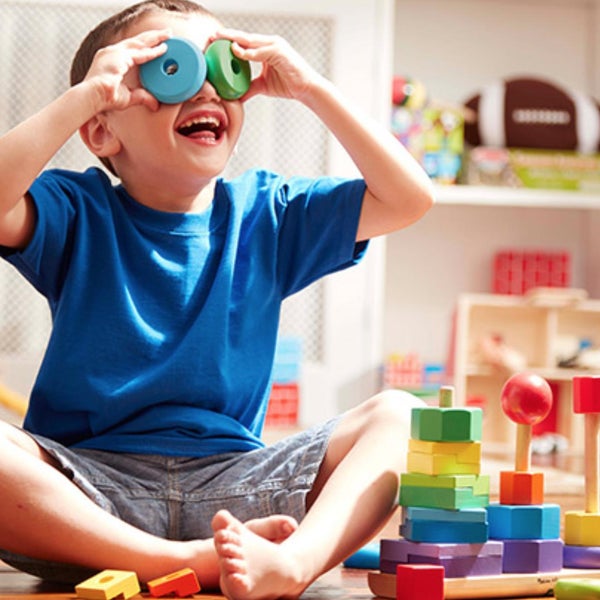 It is important that parents also know how to detect such properties, show and tell their children about them.
It is important that parents also know how to detect such properties, show and tell their children about them.
Children usually evaluate everything in two categories - good and bad. This game is based on this assessment.
1. Autumn, spring, summer, autumn;
2. Sun, wind, fire, snow, rain;
3. Sleep, walk in the forest, climb mountains, eat;
4. Exercise, wash your face, drink medicine;
5. Glass, iron, plate, knife.
For example. Summer is good, because it is warm in summer, you can sunbathe, swim, you do not need to dress for a long time. And the bad, because sometimes it is too hot in summer, you can get burned in the sun, etc. The fire is good, because it warms, heats up food, burns fallen leaves, and bad, because it burns the skin, causes fires. Knife: good because it can cut food, but bad because the knife can cut fingers.
17. “Four wheels”
The teacher tells that one day a frog, a hedgehog and a cockerel found four different wheels on their way to the forest.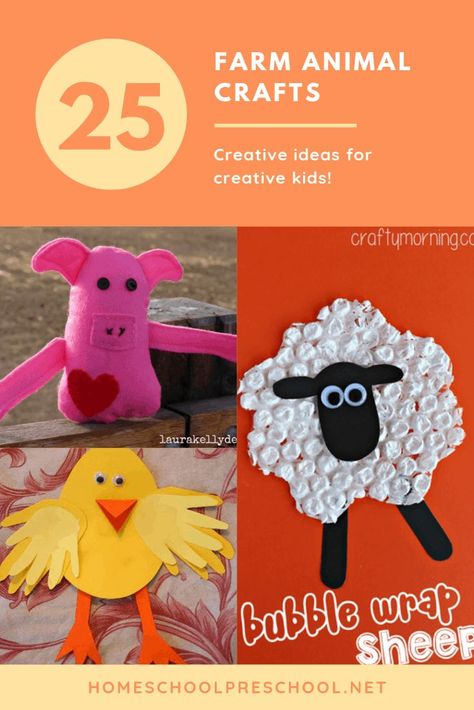 At first, the friends were very happy, they wanted to build a cart, but they did not succeed. They began to think, what should they build from different wheels? Children are invited to help their friends come up with and draw something.
At first, the friends were very happy, they wanted to build a cart, but they did not succeed. They began to think, what should they build from different wheels? Children are invited to help their friends come up with and draw something.
18. "Finish the shapes"
The teacher gives the children six shapes (rectangles, circles or triangles). They need to think about what they look like and draw to the image.
19. "Magic circle"
The teacher gives the children a circle cut into seven parts. Of these, two are equal to each other, similar to an oval, and two, resembling a triangle, the remaining three are different in shape and size. From these parts, children make up various images.
20. "Fairytale bird"
The teacher distributes to children 8-10 ovals of different sizes, shapes and colors; separate parts of birds (of different shapes, sizes and colors). Children invent and compose their own fairy-tale bird.
21. "Grandfather Mazai"
The driver ("grandfather Mazai") steps aside or leaves the room, the rest agree on what they will portray.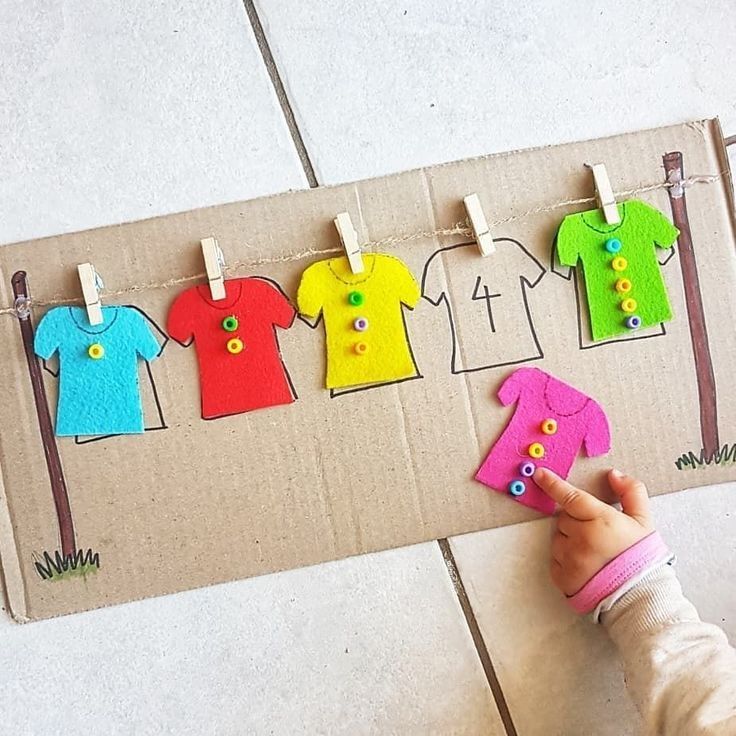 When the driver returns, the following dialogue occurs:
When the driver returns, the following dialogue occurs:
- Grandfather Mazay, get out!
— Hello guys! Where have you been? What did you do?
— We won't say where we were, but we'll show what we did.
Children show what they did, and the driver must guess this action.
22. "How to stretch a turnip?"
The teacher recalls the fairy tale “Turnip” with the children, then reports that in the new fairy tale the grandfather lived alone and he had no one to call for help. How to help grandfather pull a turnip?
23. "Patchwork quilt"
The teacher distributes to each child a paper quilt divided into squares (shreds) and suggests using one pencil to color it so that there are no identical rags.
24. "Who will hatch from the egg?"
The teacher reads a letter from Dunno to the children: “Recently, an egg was found in our Sunny City. It immediately became clear to everyone that someone must hatch out of him. Not the one who usually hatches from an egg, but quite the opposite .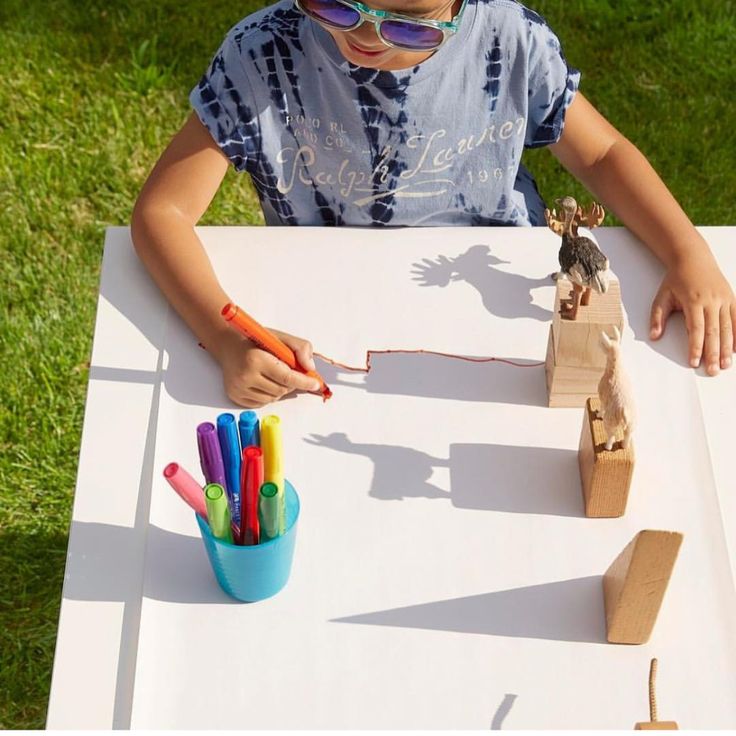 .. In general, for a long time we tried to imagine this ... we don’t know what the name is. And then they thought that no one would do it better than you guys. Help us find out who (what) will hatch from the egg? Draw for us. Are looking forward to. Residents of the Sun City. Children invent and draw
.. In general, for a long time we tried to imagine this ... we don’t know what the name is. And then they thought that no one would do it better than you guys. Help us find out who (what) will hatch from the egg? Draw for us. Are looking forward to. Residents of the Sun City. Children invent and draw
25. "Magic bookmark"
Teacher. There are different bookmarks for books: thick and thin, with and without a pattern, in the form of a nesting doll, a rocket... Try to make a magical bookmark that would look like a magical object from a fairy tale. For example, it may look like a Firebird's feather, a magic wand, a scarlet flower, a golden key, etc.
26. Think of a name
The teacher shows the children a drawing that depicts a portrait of a fantastic animal and offers to come up with a name for it .
27. “What do you think Baba Yaga was like as a child?”
Teacher. Was Baba Yaga always an old woman?
The children answer. Who were her parents?
The children answer.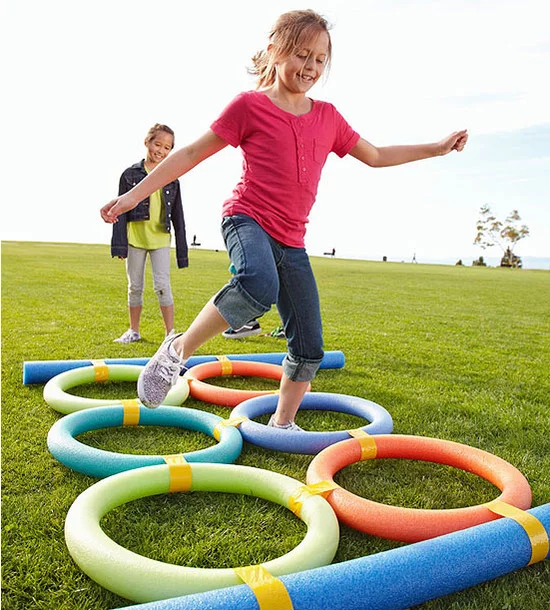 Who was she friends with?
Who was she friends with?
The children answer. What toys did you play?
The children answer. What animals grew up next to her?
The children answer.
How and why did she become evil?
Imagine and draw Baba Yaga as a child.
28. "mystery clouds"
The teacher talks about how interesting it is to watch clouds floating across the sky in summer. Clouds can look like different animals, human faces, etc. Then he alternately shows pictures with clouds and asks the children to name as many options as possible for their similarities with objects, animals, plants, figures of people.
29. “Unfinished story”
The teacher puts sheets of paper in front of each child with a pencil image of several meaningful details drawn on them and asks them to complete the proposed image so that all the details were necessarily used to create a complete object or story.
30. "Magicians"
The teacher gives the children two identical figures of "wizards" and offers to finish them, turning one into good and the other into evil.